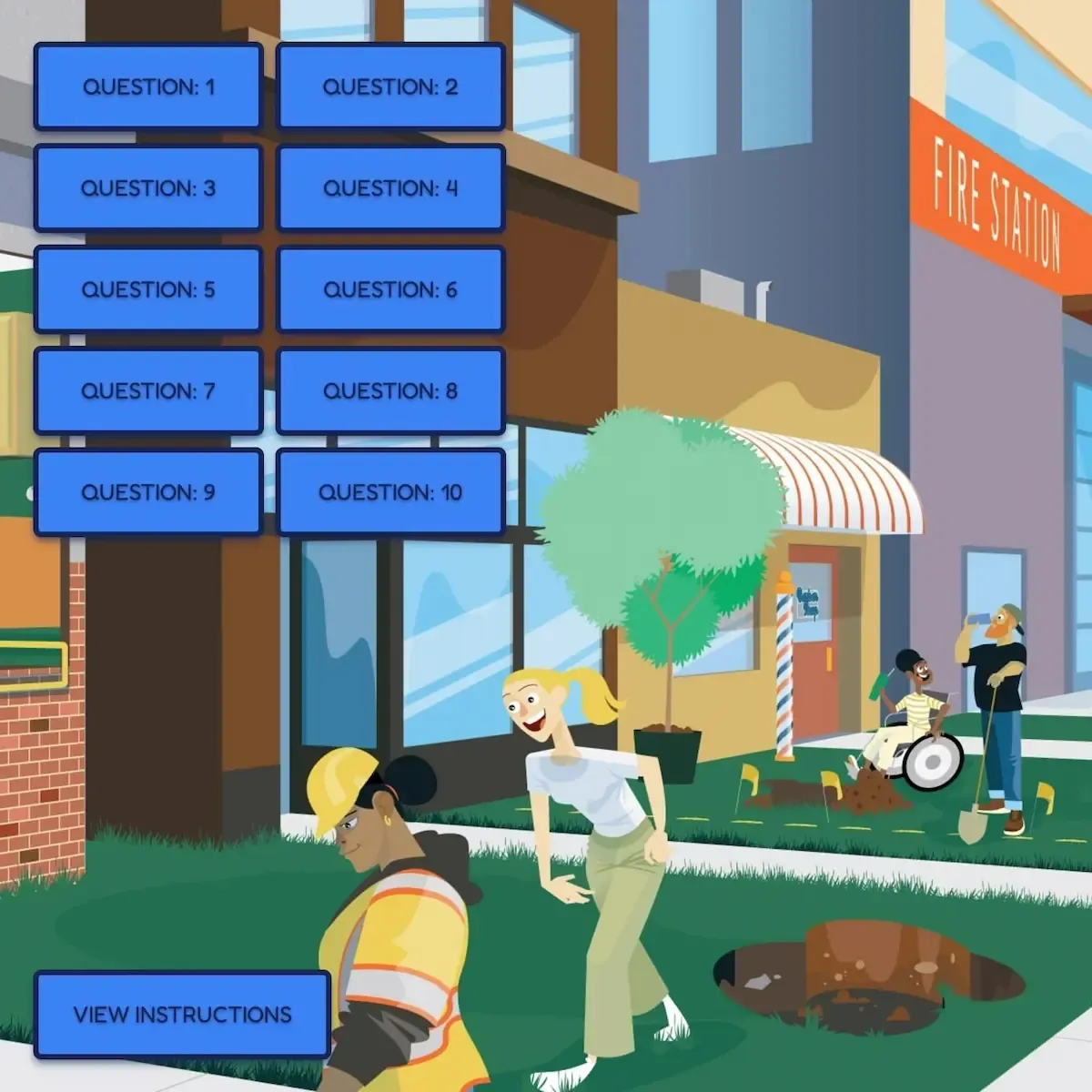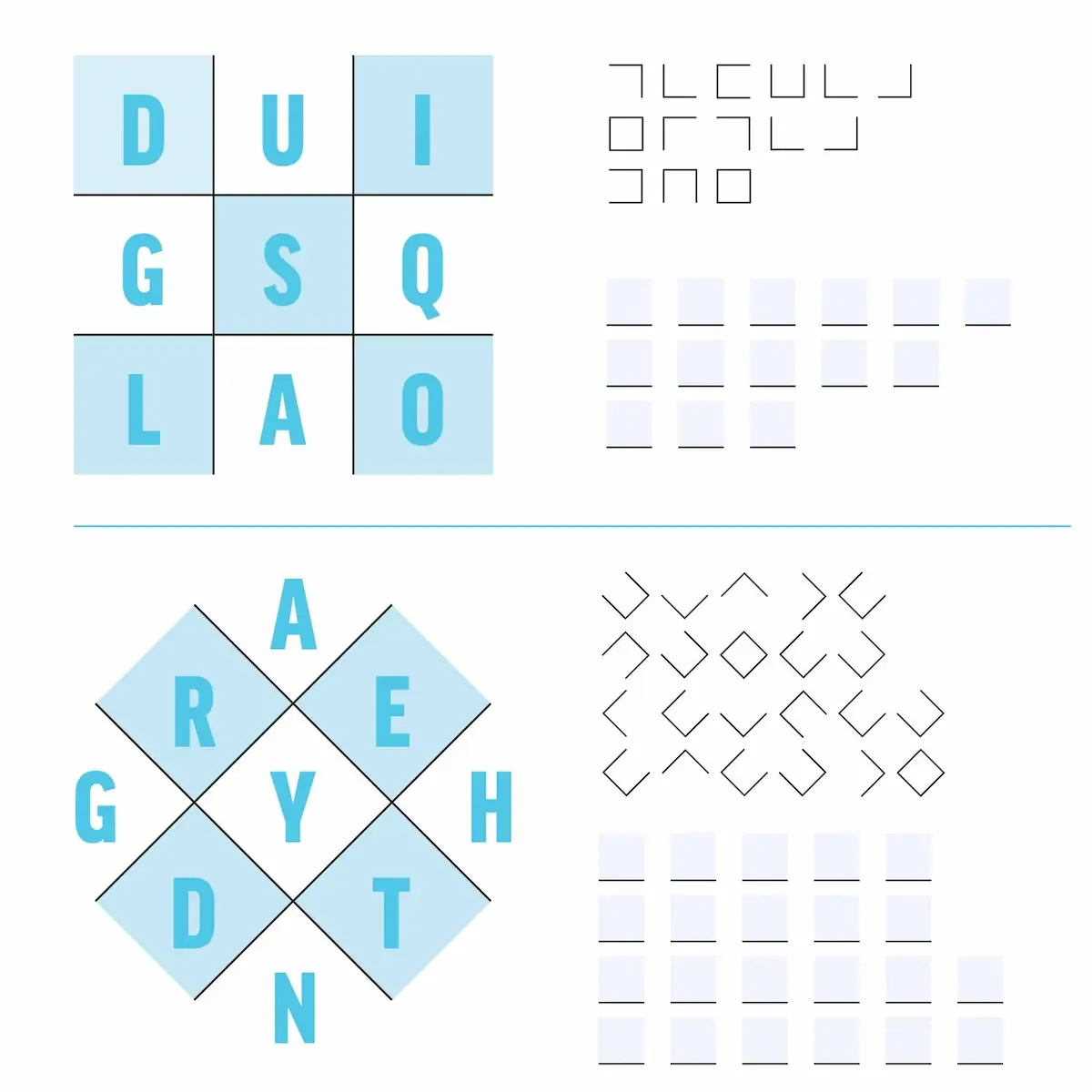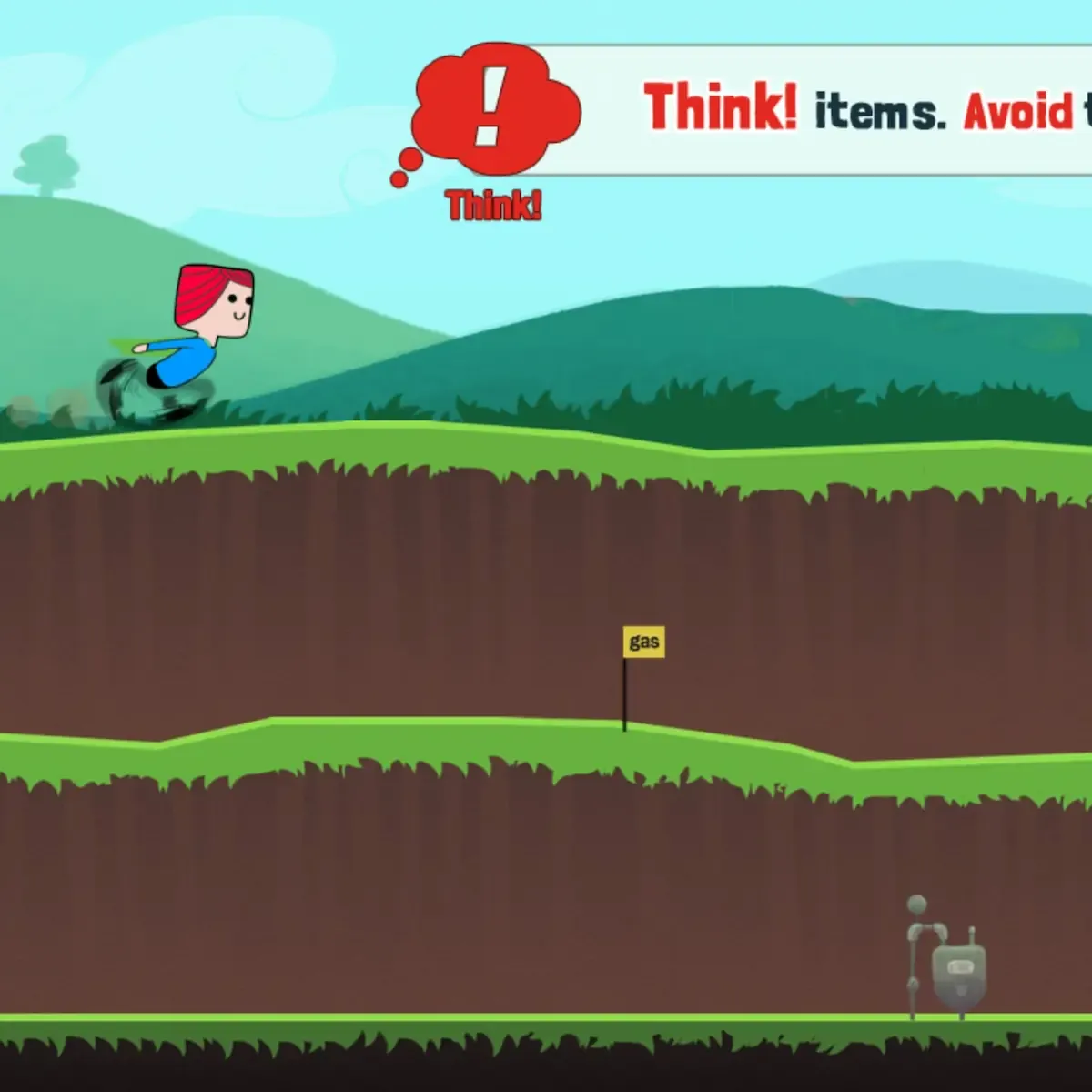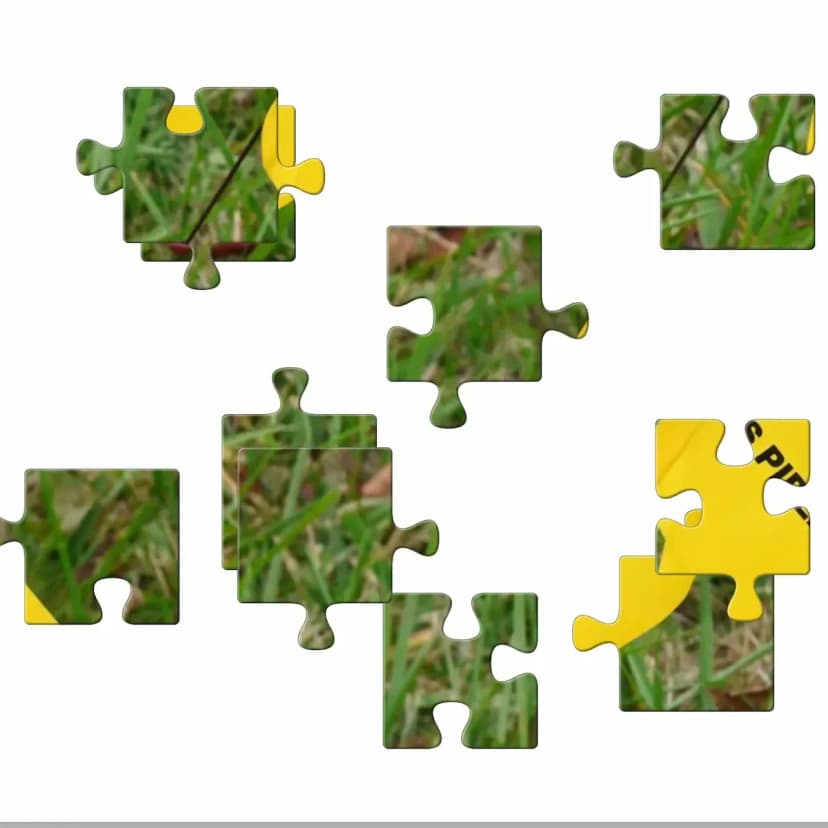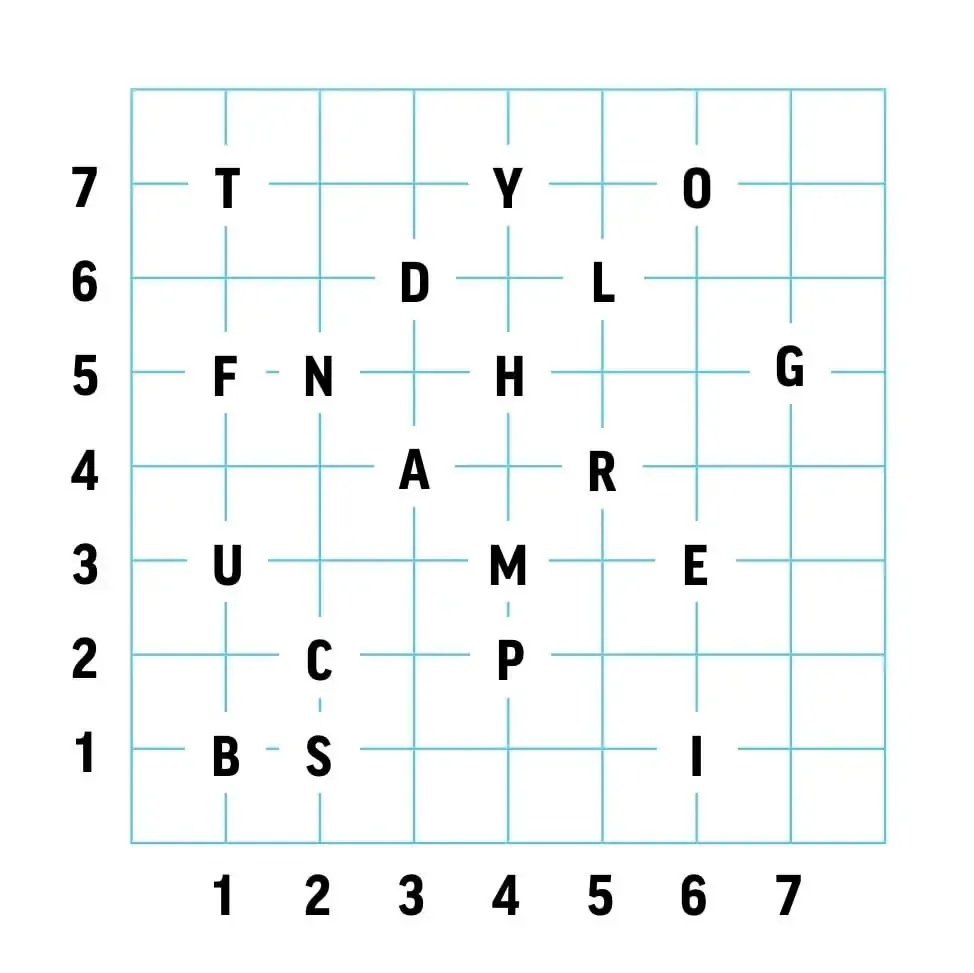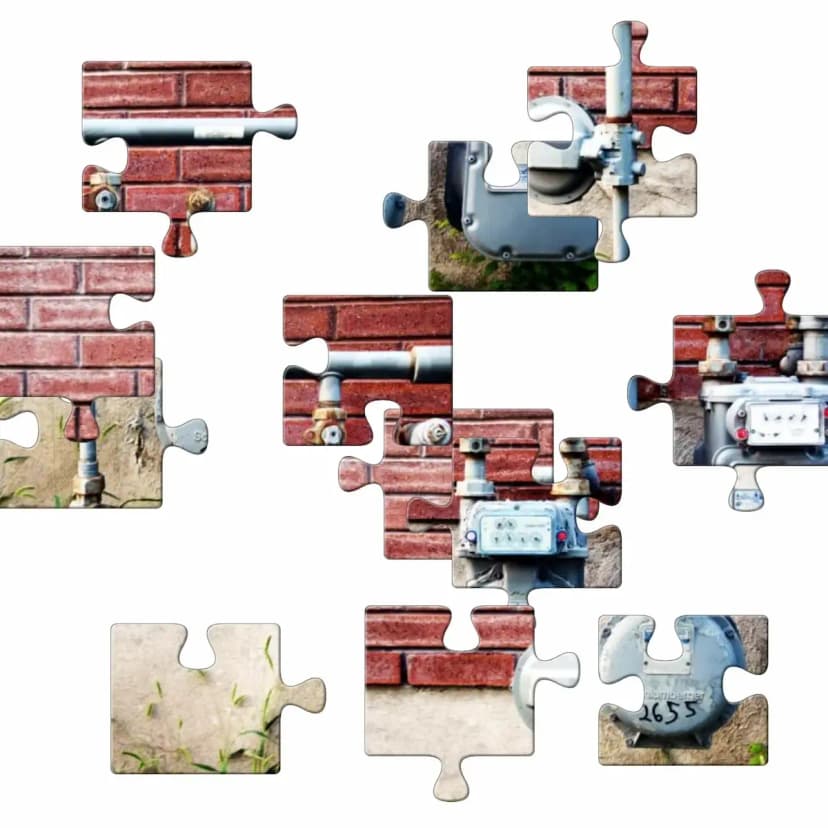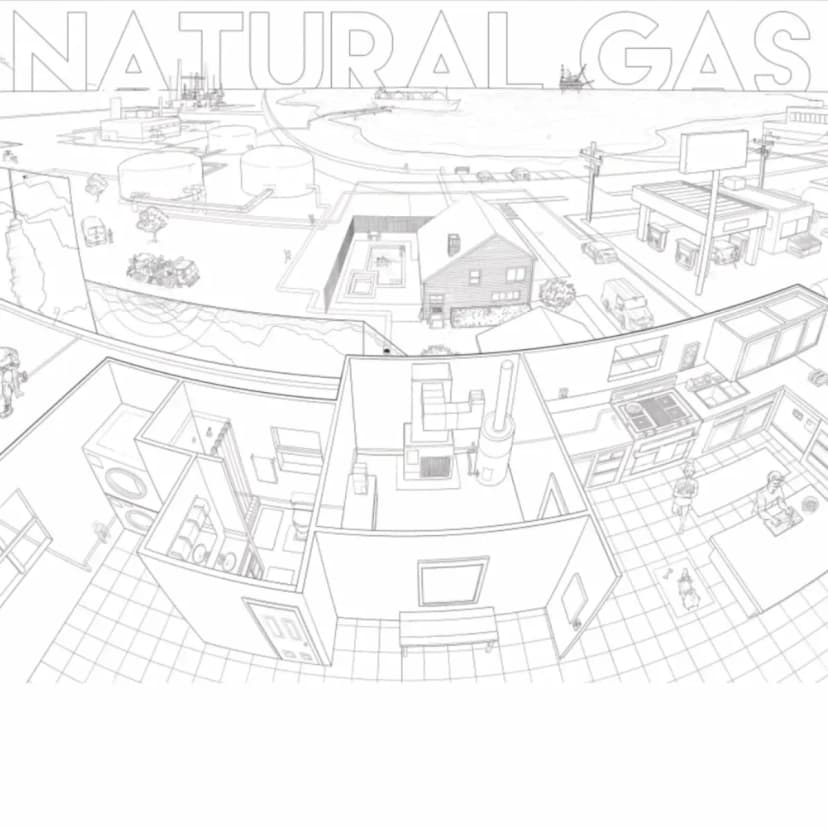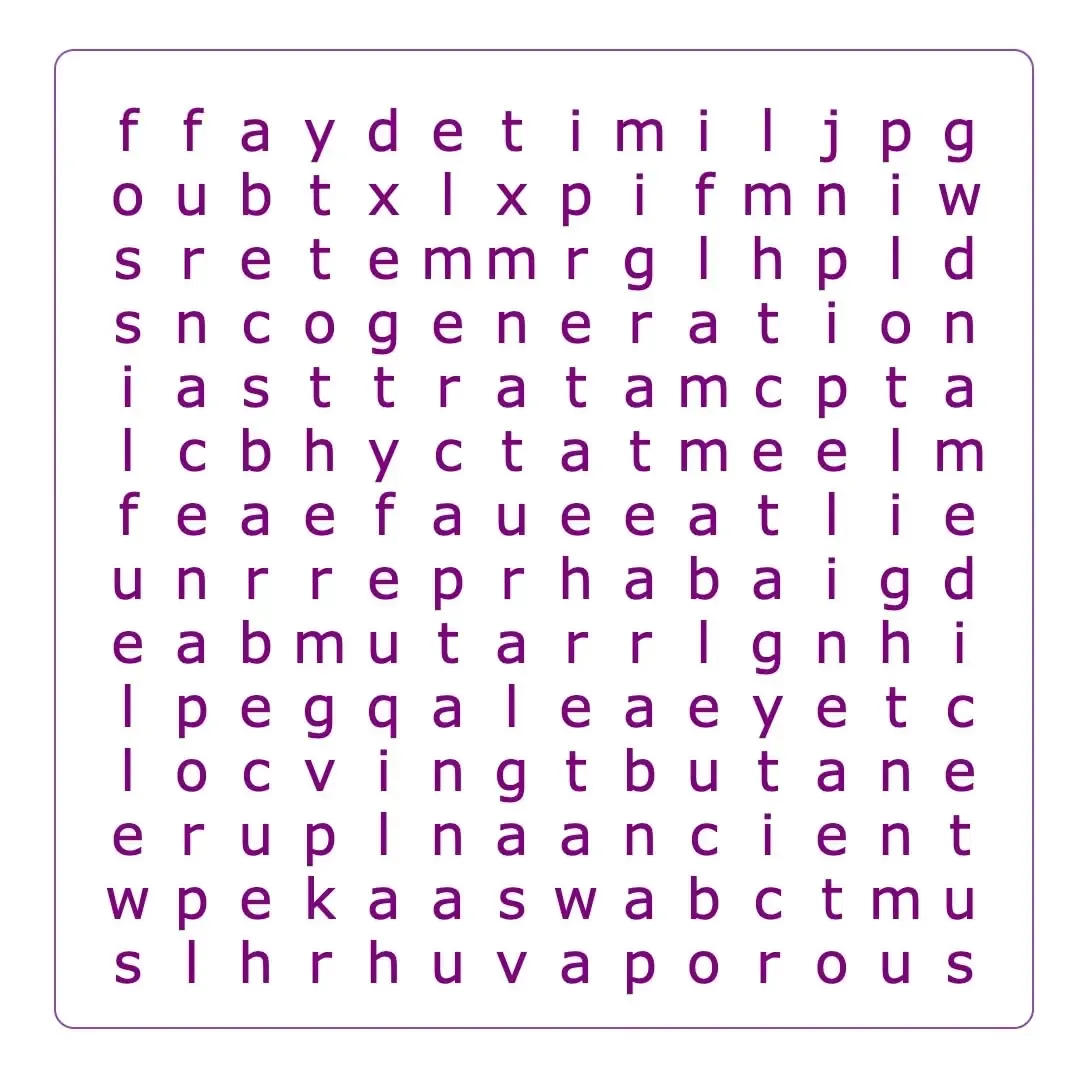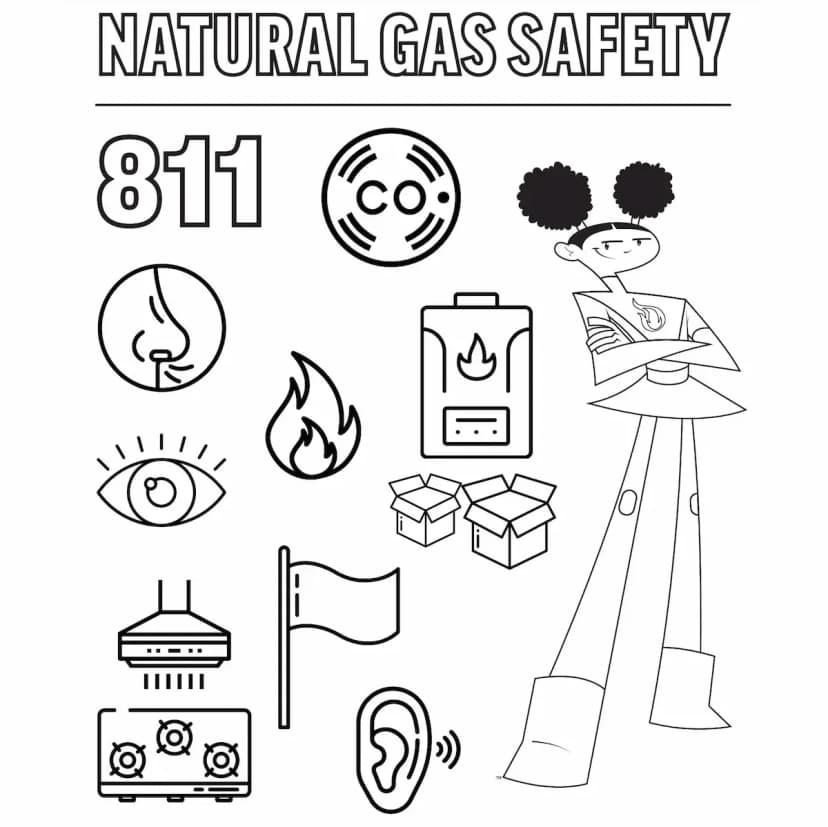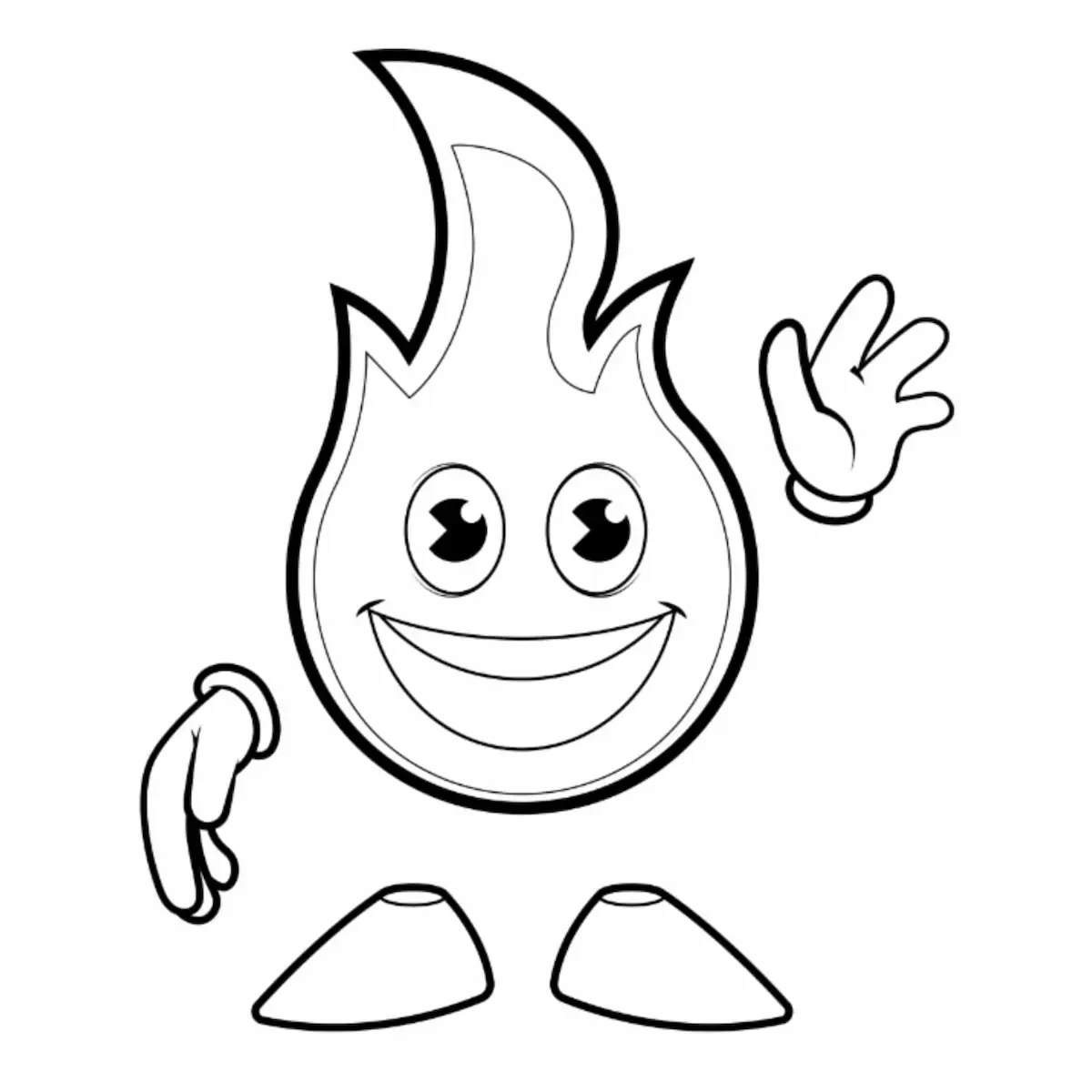Student Resources
Energy Resources for Students
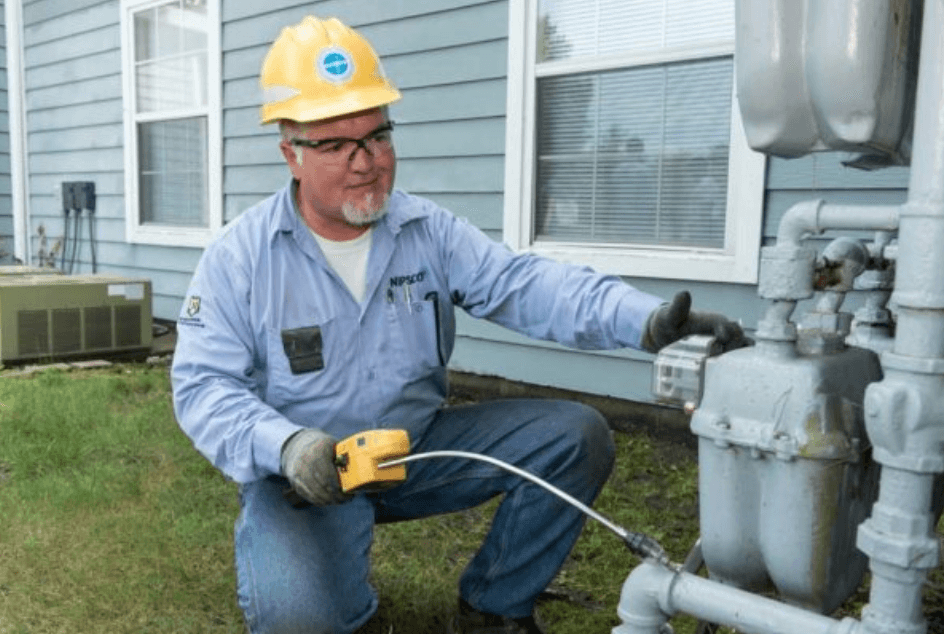
All About Natural Gas
Natural gas is a nonrenewable energy source.
Properties of natural gas are:
- It’s a gas, not a liquid or a solid.
- It’s lighter than air.
- It’s colorless.
- It’s odorless. A rotten egg smell, called mercaptan is added for safety to help detect leaks.
- It’s combustible which means it burns.
What is Natural Gas?
 Natural gas formed a long, long time ago when plankton, tiny plants and animals, died and then were covered with sand, sediment and water.
Natural gas formed a long, long time ago when plankton, tiny plants and animals, died and then were covered with sand, sediment and water.We only have a certain amount of natural gas here on Earth. Once it’s gone, it’s gone. It is a fossil fuel. Natural gas burns hot, bright and cleaner than other fossil fuels (coal and oil). It is a source of energy used by 60% of appliances in U.S. homes.
(Source: eia.gov/energyexplained, accessed November 2024)
How is Natural Gas Located?
 Natural gas generally collects in porous rock reservoirs. These reservoirs are geologic rock formations that have little spaces or pockets, like a sponge, to hold the natural gas.
Natural gas generally collects in porous rock reservoirs. These reservoirs are geologic rock formations that have little spaces or pockets, like a sponge, to hold the natural gas.Layers of impermeable or nonporous rock trap the natural gas and block it from moving to the surface. Energy experts find these natural gas deposits using geologic mapping, surveys and aerial photographs. As deposits become more scarce and deeper, more advanced technologies are used, such as magnetic measurement, satellite imagery, gravity mapping and seismic sound wave reflection.
How is Natural Gas Transported?
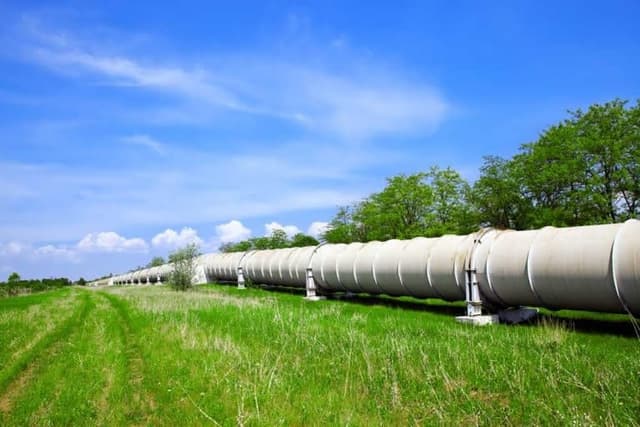
 Natural gas is transported through large high-pressure pipelines for long distances. Smaller pipelines deliver natural gas to homes and businesses where it is used every day. These underground pipelines are reliable delivery systems and are protected from weather conditions. Like other types of energy, natural gas has the potential to be dangerous when used improperly. The vast amounts of available natural gas located in the United States help create energy independence.
Natural gas is transported through large high-pressure pipelines for long distances. Smaller pipelines deliver natural gas to homes and businesses where it is used every day. These underground pipelines are reliable delivery systems and are protected from weather conditions. Like other types of energy, natural gas has the potential to be dangerous when used improperly. The vast amounts of available natural gas located in the United States help create energy independence.How is Natural Gas Used?
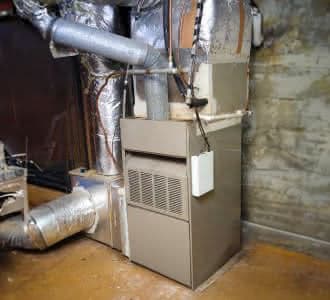
 Natural gas is used in many ways every day! It is used to heat homes and water for showers, dry clothes and to cook food.
Natural gas is used in many ways every day! It is used to heat homes and water for showers, dry clothes and to cook food.Natural gas is also used in:
- Fertilizer to grow crops, antifreeze and fabrics
- Paper production; metals, chemicals and petroleum refining; home decor and sporting goods, glass, plastic and food processing
- Waste treatment and incineration, medicines and makeup
- Aviation fuel and hydrogen production
Natural gas is efficiently used throughout our homes for heating and cooking. It has fewer emissions than other fossil fuels which benefits the environment.
Natural gas is efficient. It only loses about 10% of its usable energy from wellhead to burner tip. In comparison, electricity loses more than 60% of its usable energy in its journey from its fuel source at a coal mine, a solar panel, an oil wellhead or a wind turbine to its final destination at the electric outlet.
(Source: eia.gov, accessed March 2024)
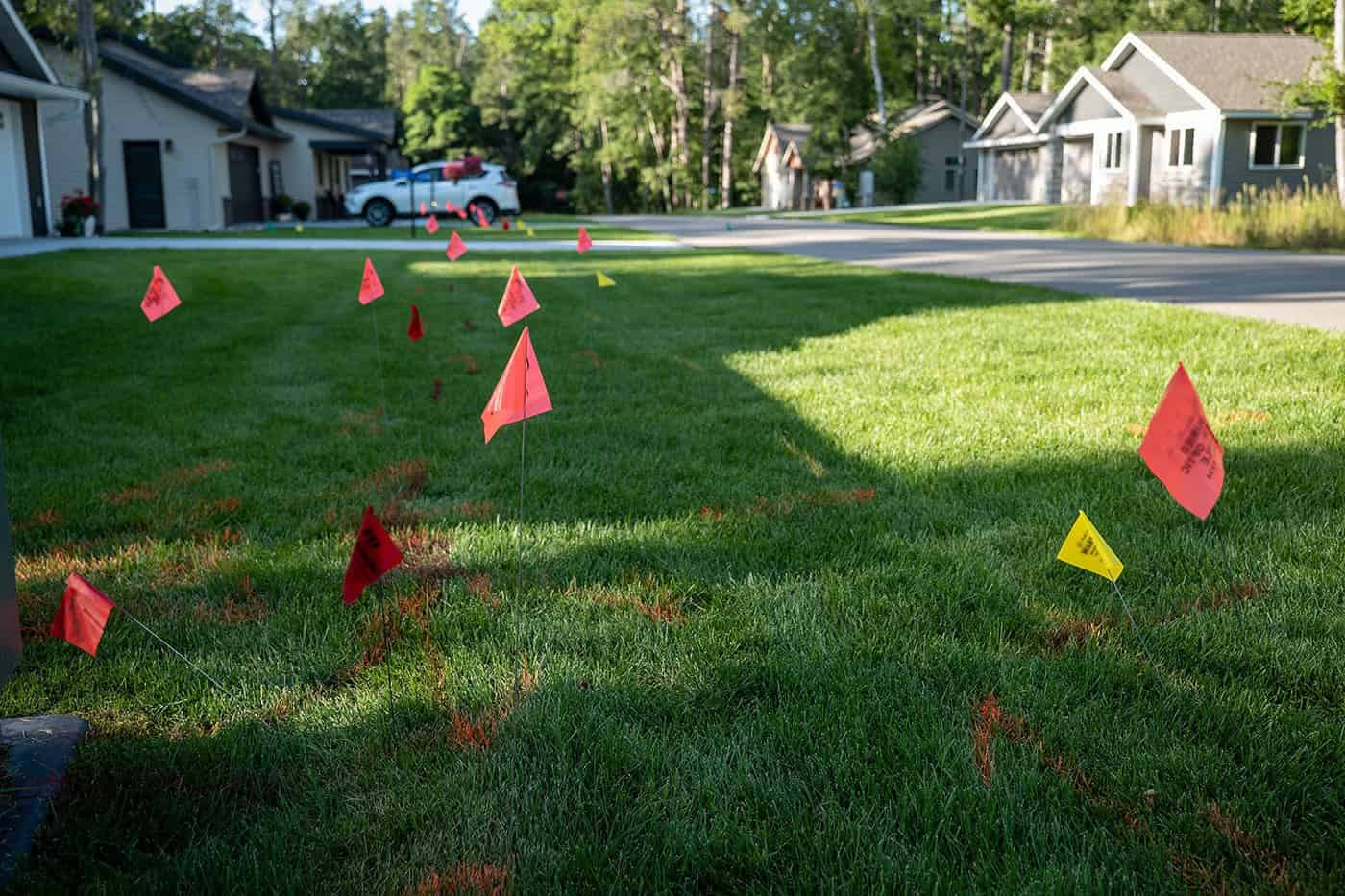
Be Safe Around Natural Gas
Natural gas leaks are rare, but it is important to know and be able to recognize the signs of a natural gas leak. We use our eyes, ears and nose to detect a leak.

 Store flammable materials AWAY from your stove, furnace or water heater as they can catch fire.
Store flammable materials AWAY from your stove, furnace or water heater as they can catch fire.Good air circulation for natural gas appliances (stoves, ovens) and clean filters (in furnaces and clothes dryers) also help appliances run efficiently.
Set your water heater at 120 F (49 C) for safety and efficiency. If you have a suppressed immune system or chronic respiratory disease, you may need a higher setting.
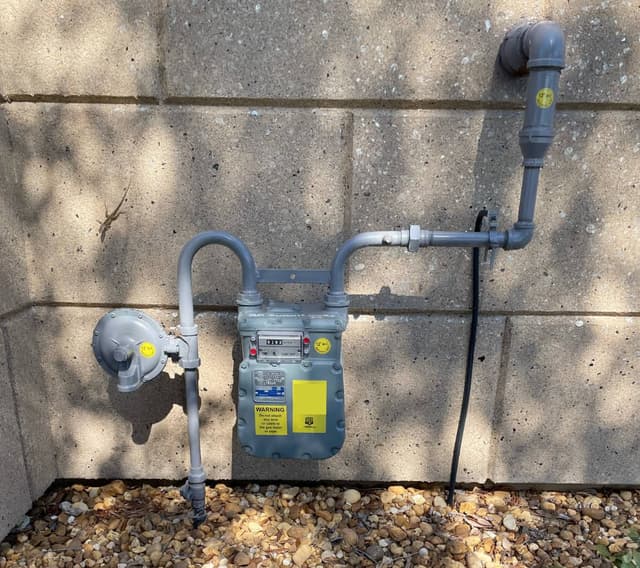
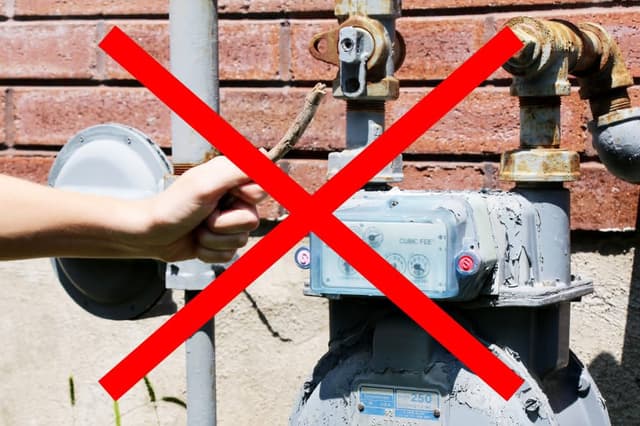
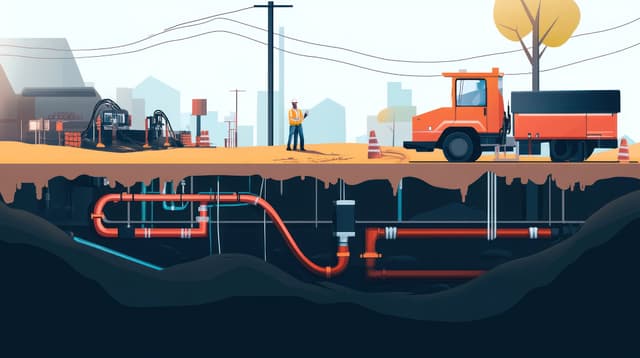
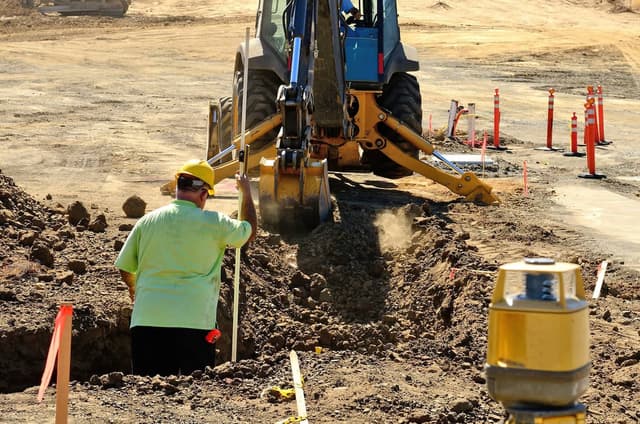
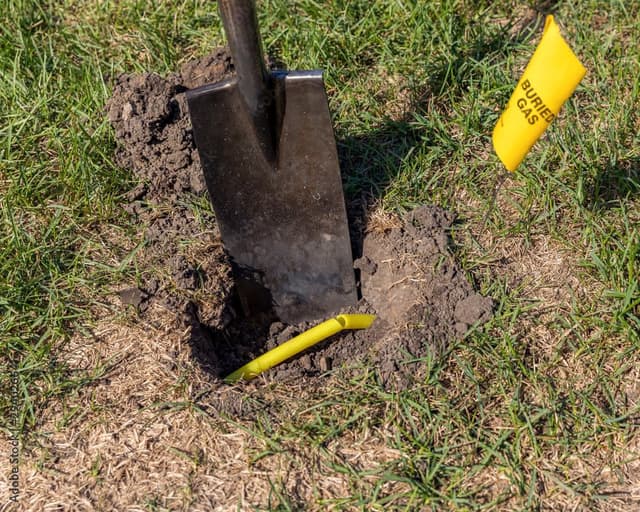
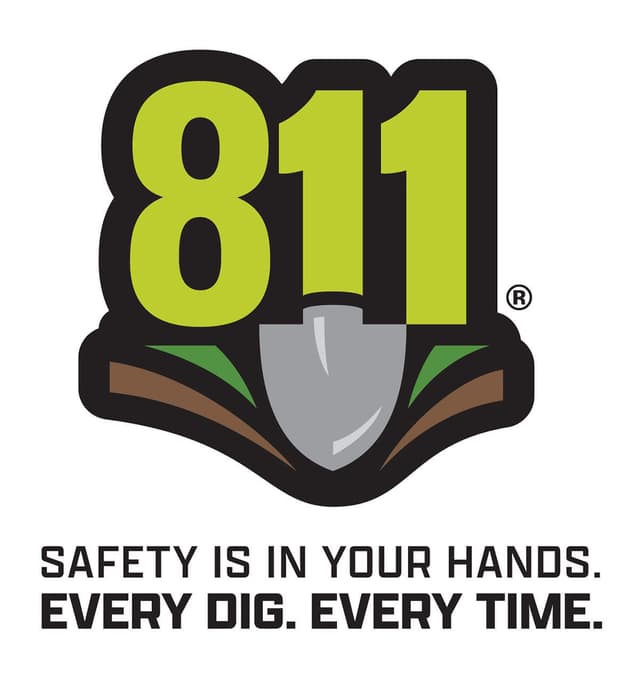 Knowing good safety guidelines can help you use natural gas wisely in your home and community.
Knowing good safety guidelines can help you use natural gas wisely in your home and community.Do not play on or around natural gas meters or equipment. If you see snow or ice near or on outside natural gas equipment, tell an adult and have them safely clear it away. Prevention and wise usage are the first steps to safety. To be an Energy Safe Kid, play far away from natural gas equipment such as meters or pipelines.
Digging causes most natural gas leaks and safety concerns.
If you dig before finding out where underground cables and pipelines are located, you risk hitting and damaging them.
Have your family call 811. You can help keep your family safe by having an adult call 811 before you dig.
Marker Flags
Every state has a system of marking property with colored flags or paint to show the location of underground cables or pipelines.
These flags are color coded for the type of pipelines they mark.
Natural gas pipelines are marked with yellow flags.
All marker flags have an important job, such as marking the underground cables and pipelines that bring us natural gas, water, cable TV, etc.
We should never move them, take them out or dig near them.
Call 811 before you dig!
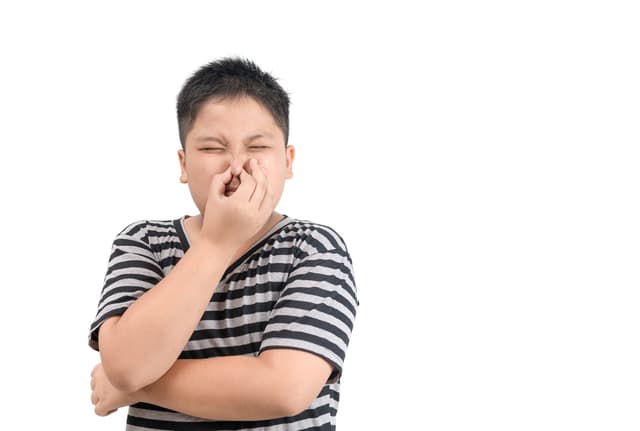

 If you suspect a natural gas leak, leave your house immediately, tell an adult and call 911 from a safe distance.
If you suspect a natural gas leak, leave your house immediately, tell an adult and call 911 from a safe distance.How to Recognize a Natural Gas Leak
To help you SMELL a leak, natural gas companies add a stinky smell, called mercaptan, as a safety measure.
A leaking natural gas pipe might make a hissing sound you can HEAR.
Outside, near a gas leak, you might SEE blowing dirt, bubbling water or a small area of dead plants.
If You Suspect a Natural Gas Leak
Do not use any device that might cause a spark (using a phone, turning off/on the light switch, opening/closing the garage door).
Do not light a match, turn on your car or any motor.
Do not try to repair the leak. Leave that to the professionals to fix.
Finally, return only when a natural gas company employee says it is safe to return.

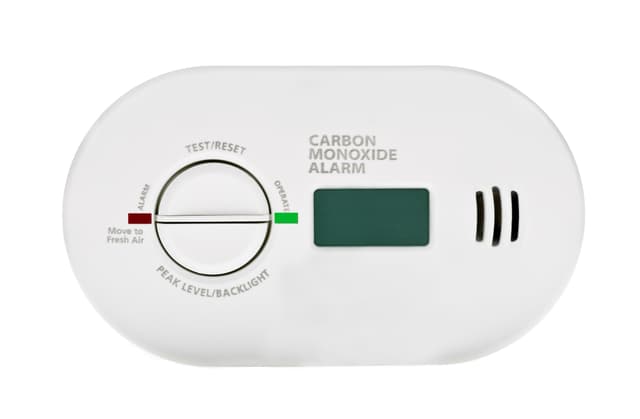
 Sometimes when natural gas or propane does not have enough air, it does not burn correctly and it creates carbon monoxide.
Sometimes when natural gas or propane does not have enough air, it does not burn correctly and it creates carbon monoxide.This is an odorless, colorless, tasteless gas that is very toxic. Carbon monoxide can cause illness and, in extreme cases, even death.
Know the Symptoms of Carbon Monoxide Poisoning
- Flu-like symptoms that go away when you leave the house
- Sleepiness, irritability and an inability to concentrate
- Nausea and vomiting, shortness of breath, convulsions and unconsciousness
If you have these symptoms and think you may have carbon monoxide poisoning, get outside, get safe and call 911.
Safety tip:
Make sure there is a carbon monoxide detector in your home. It acts just like a smoke alarm but for carbon monoxide gas. Install the detectors in your living and sleeping areas.
Prevention:
- Make sure all fuel-burning appliances have good air circulation and all vents, flues and chimneys are clear and inspected regularly.
- Never run a car inside the garage or use outdoor grills or appliances inside.
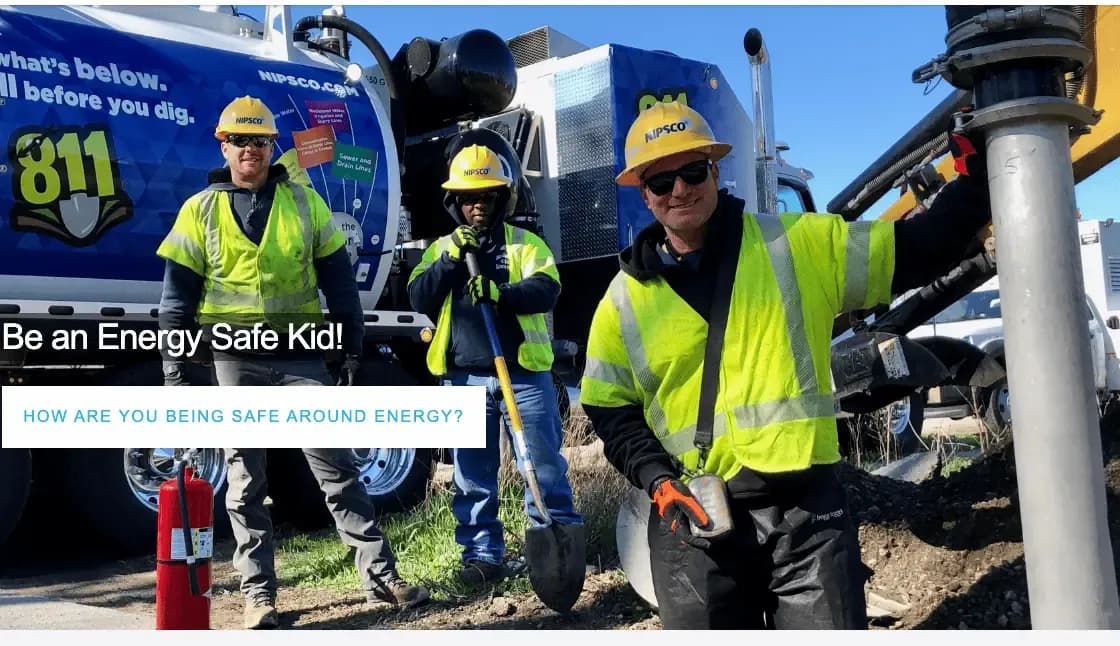
Your Energy Career
Careers in the energy industry are changing with technology all the time. Whether you’re excited about Science, Technology, Engineering or Math (STEM) or love to problem-solve and fix things with your hands, various careers are available. The energy industry relies on teamwork and hires workers who bring different skills and experiences to the workplace. The people who work in this industry impact their community in meaningful ways.
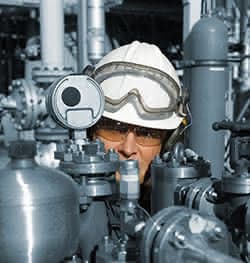
Natural gas technicians install and repair natural gas pipe systems and their controls. A natural gas technician can start with a high school diploma. Salary range: $38,000 to $60,000

Power plant operators are in charge of operating and controlling the equipment that generates power in coal, nuclear gas and other power plants. A high school diploma is necessary and a two year degree is optional. Salary range: $44,000 to $93,000

Engineers design schematics of pipeline distribution systems. This can include not only the schematics of gas mains but also planning alterations to roadways and new stations. Salary range: $61,000 to $102,000

Some accountants are directly involved in preparing an organization’s financial statements, doing payroll and paying bills. Other accountants work with a corporation’s management in analyzing costs of operations, products and special projects. Salary range: $50,000 to $137,000

Energy auditors complete estimations and inspections for energy equipment and the construction of buildings to make them energy efficient. They prepare reports summarizing energy analysis results and recommendations for reducing energy costs. Salary range: $44,000 to $106,000
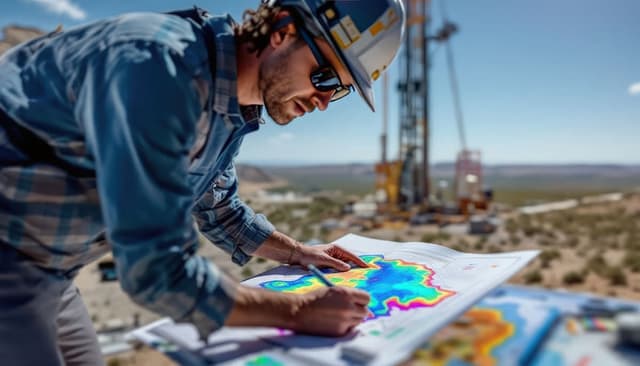
Geophysicists study the earth’s physical properties to help locate natural resources like groundwater, natural gas or petroleum. Modern geophysicists study snow and ice, the oceans and volcanic features of the earth. Salary range: $53,000 to $173,000
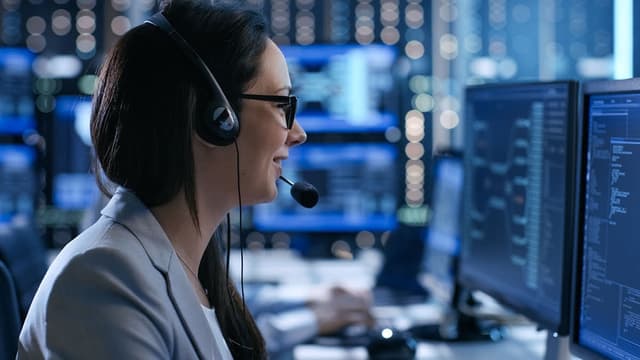
When working in customer service, the representative is the contact between customers and their energy company. This involves fielding customers’ questions, complaints and performing data entry to log the issues with the departments responsible for supplying solutions. Salary range: $41,000 to $61,000
Community relations involves planning and organizing activities tailored to the needs of local communities. They foster good relations between the energy company businesses, and customers. Salary range: $45,000 to $91,000
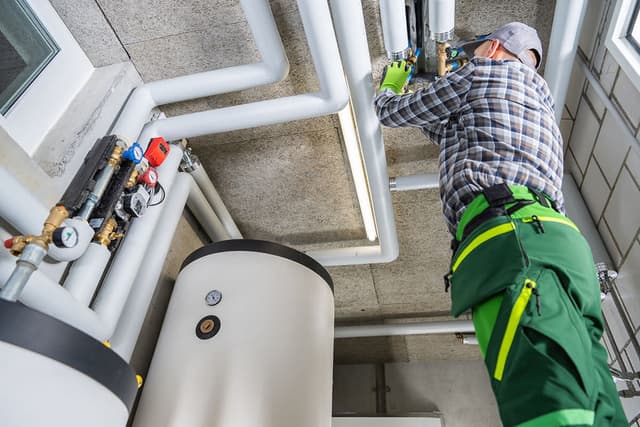
A heating, ventilation and air-conditioning (HVAC) technician installs, repairs and maintains climate control systems. These can be air-conditioning units, heating units, ventilation conduits and refrigeration equipment. Salary range: $37,000 to $84,000
A meter technician, installs and replaces meters as well as maintains them. Salary range: $41,000 to $47,000

Surveying and mapping technicians collect data and create maps of the earth's surface to support construction, mining, boundary location and other purposes. Salary range: $37,000 to $70,000
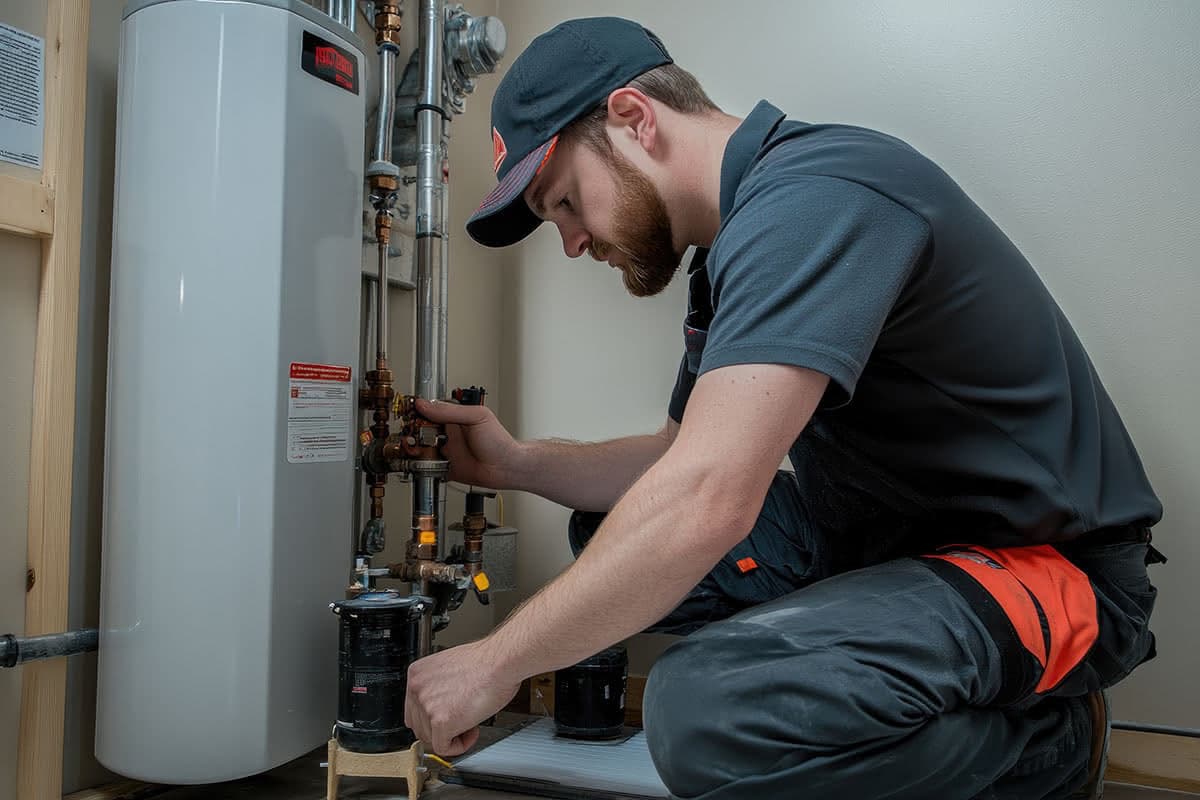
A pipefitter is a tradesperson who installs, maintains and repairs piping systems for a variety of purposes, including heating, cooling, ventilation, fuel and chemicals. Salary range: $50,000 to $59,574

Student Take-home Booklets
Build your knowledge using the activity booklet. Click on the booklet and learn how to be an Energy Safe Kid.
Do the “Home Safety Checklist” with your family. Find out how you can improve safety in your home. Click on the link.
Student booklet
Flag Chart
Natural Gas Home Safety checklist
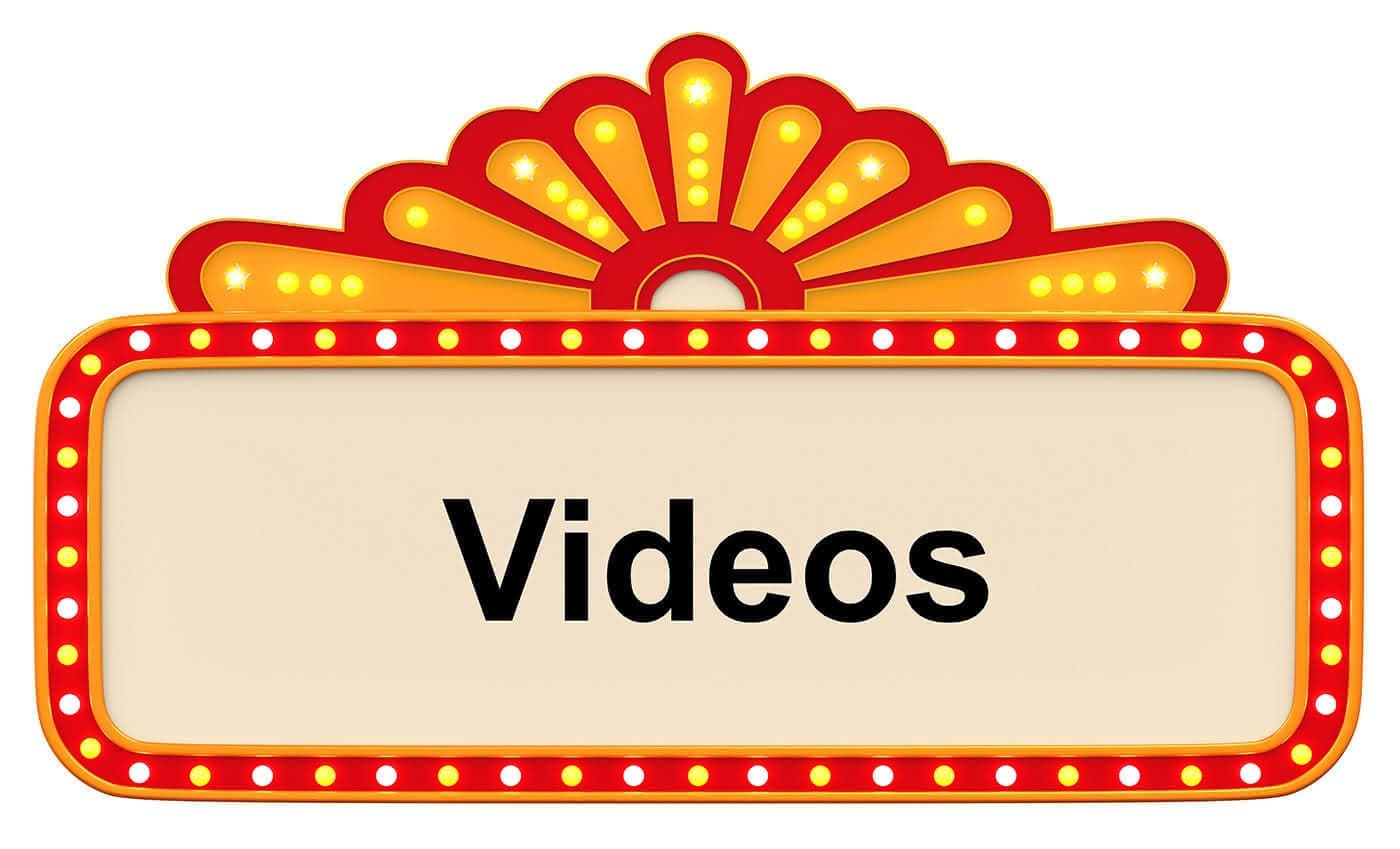
Videos
View fun videos to learn more about natural gas and electricity and for important safety messages.
Call 811 Before You Dig
Red's Five Steps for Safer Digging
How Natural Gas Was Formed
Natural Gas Properties
Natural Gas: Pipeline Safety & 811
Natural Gas: How it Works
Your Energy , Your Future
Dale cooper - Everyday is an Opportunity
Planning for the future
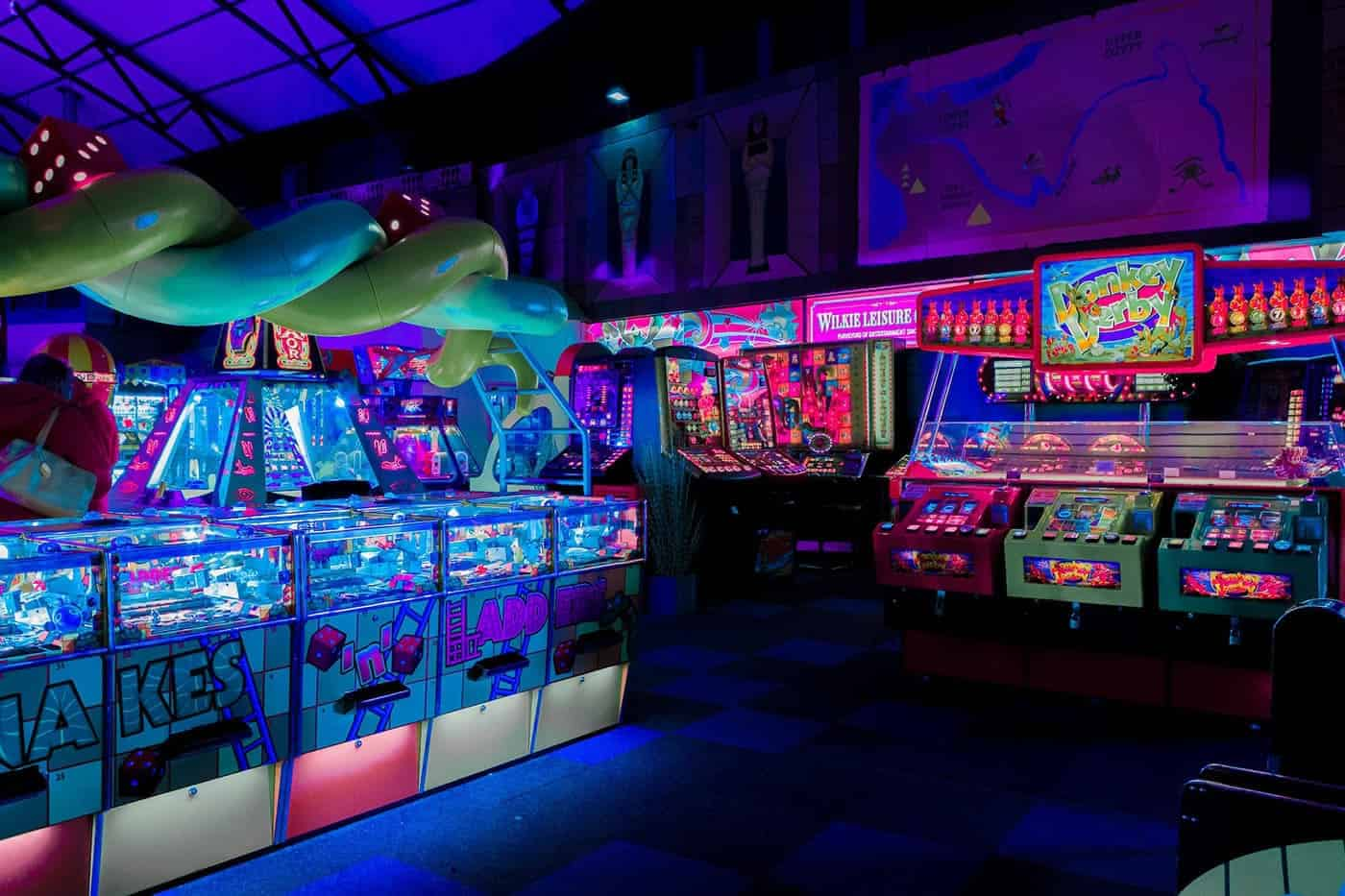
Games and Activities
Interactive poster games are fun, just click on the numbers on the poster and answer questions to restore the letters. These poster games are in English and Spanish. The “Natural Gas Safety Game” is an interactive game about natural gas safety and digging. You get to dig safely after answering questions. Play “Solve It,” “Natural Gas Code,” “Word Search,” puzzles and more to learn about safety. Download coloring activities.
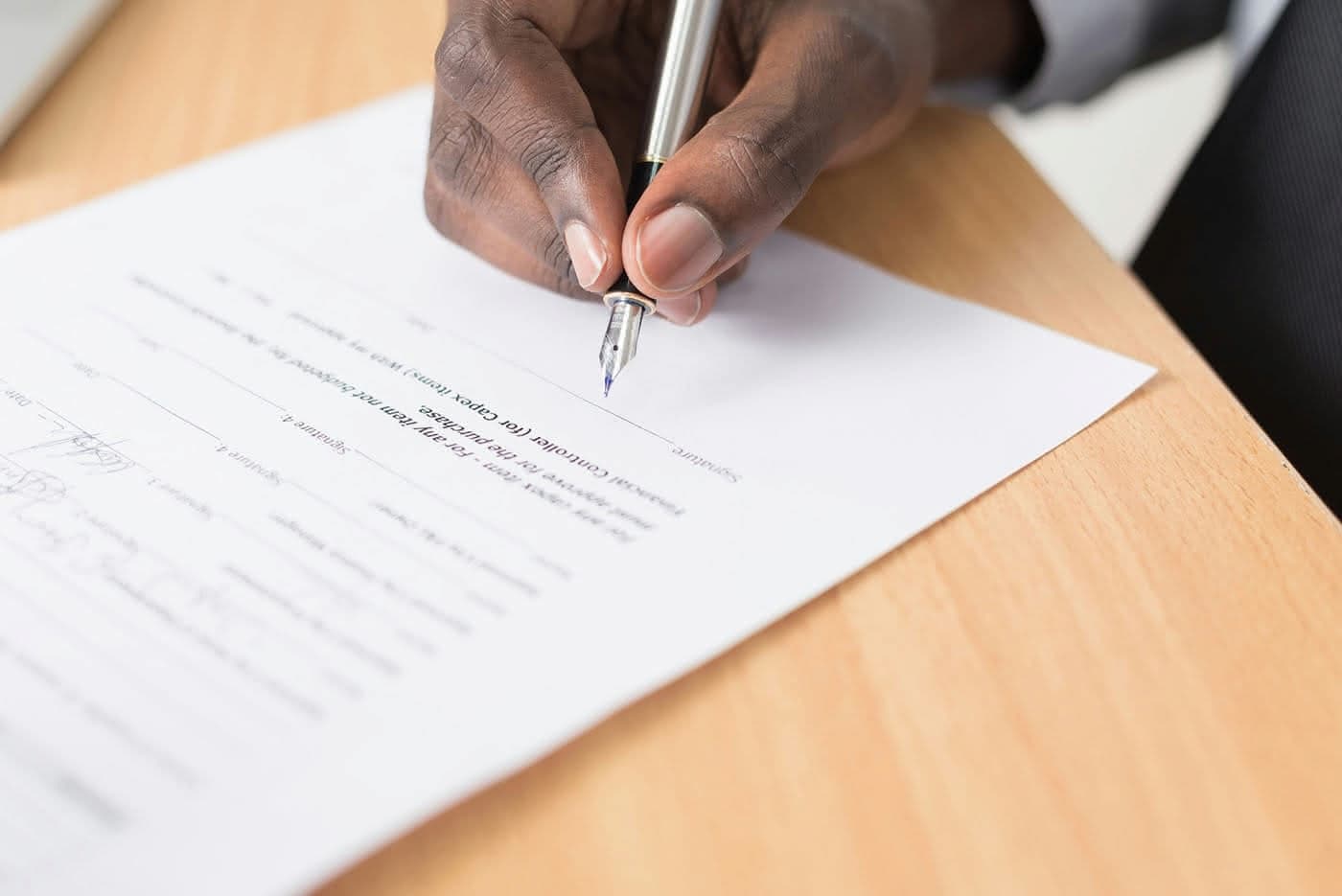
Online Household Safety Survey
After you have completed your lesson, please have your students use the online Household Safety Survey to help them learn about household safety.
